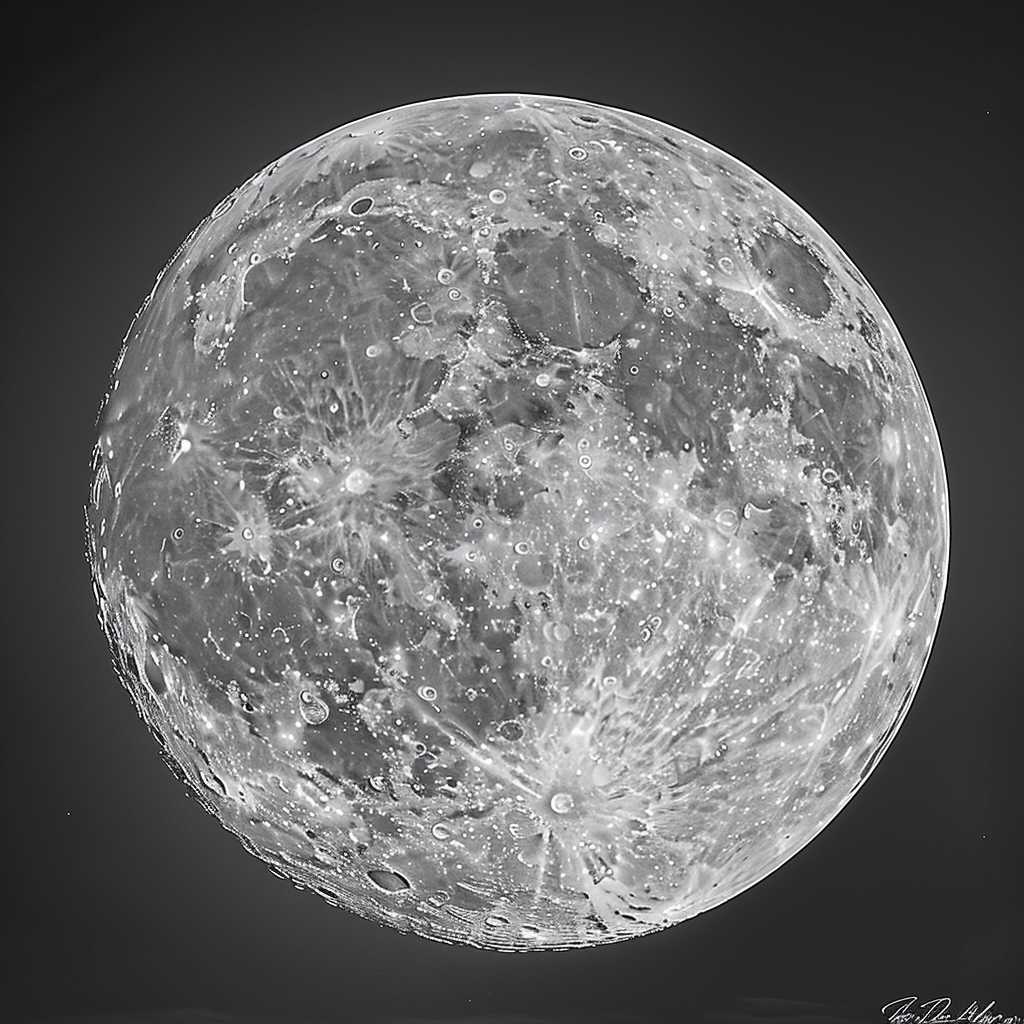Full Moon of March 2024: An Illuminating Spectacle in the Night Sky
The full moon is a lunar phase that occurs once every 29.5 days when the Earth is positioned directly between the sun and the moon. This alignment means that the side of the moon facing the Earth is completely illuminated by the sun’s light, making it appear as a bright, circular disc in the night sky. The full moon of March 2024 is set to be a captivating event for stargazers and astronomers alike. In this extended article, we’ll explore its significance, the various names it’s been given across different cultures, and the scientific relevance this celestial event holds.
Cultural Significance of the March Full Moon
Different cultures have christened the full moon of March with various names that reflect the changing season and landscape. These historical names highlight their connection to nature and their reliance on the lunar calendar to time significant events such as planting or harvesting crops.
Natural Reawakening: Worm Moon and Sap Moon
The full moon in March often coincides with the thawing of frozen soil, allowing earthworms to reappear, thus heralding the return of robins and marking a sign of spring. Accordingly, some Native American tribes in North America referred to this full moon as the ‘Worm Moon.’ Similarly, as sap starts to flow from maple trees around this period, other tribes have called it the ‘Sap Moon.’
Preparation for Planting: Lenten Moon and Crow Moon
Some traditions align the March full moon with religious observances. In Christian societies, this full moon is sometimes called the ‘Lenten Moon’ when it is the last one before Easter, falling during Lent, a season of fasting and reflection. Another name given by certain tribes is ‘Crow Moon’ since the cawing of crows signals the end of winter.
Faunal and Floral Transition: Crust Moon and Chaste Moon
Names like ‘Crust Moon’ describe the snow cover’s surface, which thaws by day but refreezes by night, creating a ‘crusty’ layer. In older English-speaking areas, it has also been named ‘Chaste Moon,’ associated with the purity and chastity attributed to the renewed vitality of spring.
Astronomical Significance
Apart from cultural interpretations, the full moon phase has profound implications in astronomy and astrological contexts.
Tidal Influences: Gravitational Effects on Earth’s Waters
The full moon’s gravitational pull has a significant effect on Earth’s tides. Known as ‘spring tides,’ these are particularly high tides occurring at or just after the full moon when the sun, moon, and Earth are aligned.
Lunar Research and Science Education
NASA and other space agencies often encourage public engagement in astronomy around full moons due to their visibility. March 2024’s full moon provides a natural beacon for telescopic observation, allowing enthusiasts to observe lunar features such as craters and mare.
Implications for Wildlife Behavior
Biologically, some wildlife species are sensitive to light levels provided by the lunar cycle. The brightness of a full moon can influence nocturnal animal behavior such as predation patterns and mating rituals.
Viewing Tips: How to Best Experience the Full Moon of March 2024
Joining local astronomy clubs or attending observatory-hosted events can enhance your viewing experience. For individual stargazing, binoculars or a small telescope can reveal more details of the lunar surface. Even with unaided eyes, enjoying the night sky in an area free from light pollution will ensure a fulfilling experience.
Notes
Image description: A stunning photograph shows the fully illuminated full moon hanging in an otherwise dark sky. With craters visible to an observer through a telescope or binoculars, it serves as a classic representation of celestial allure during one medicine_lens_templete.tplande fisValidllovtps_is’vaśli”`
